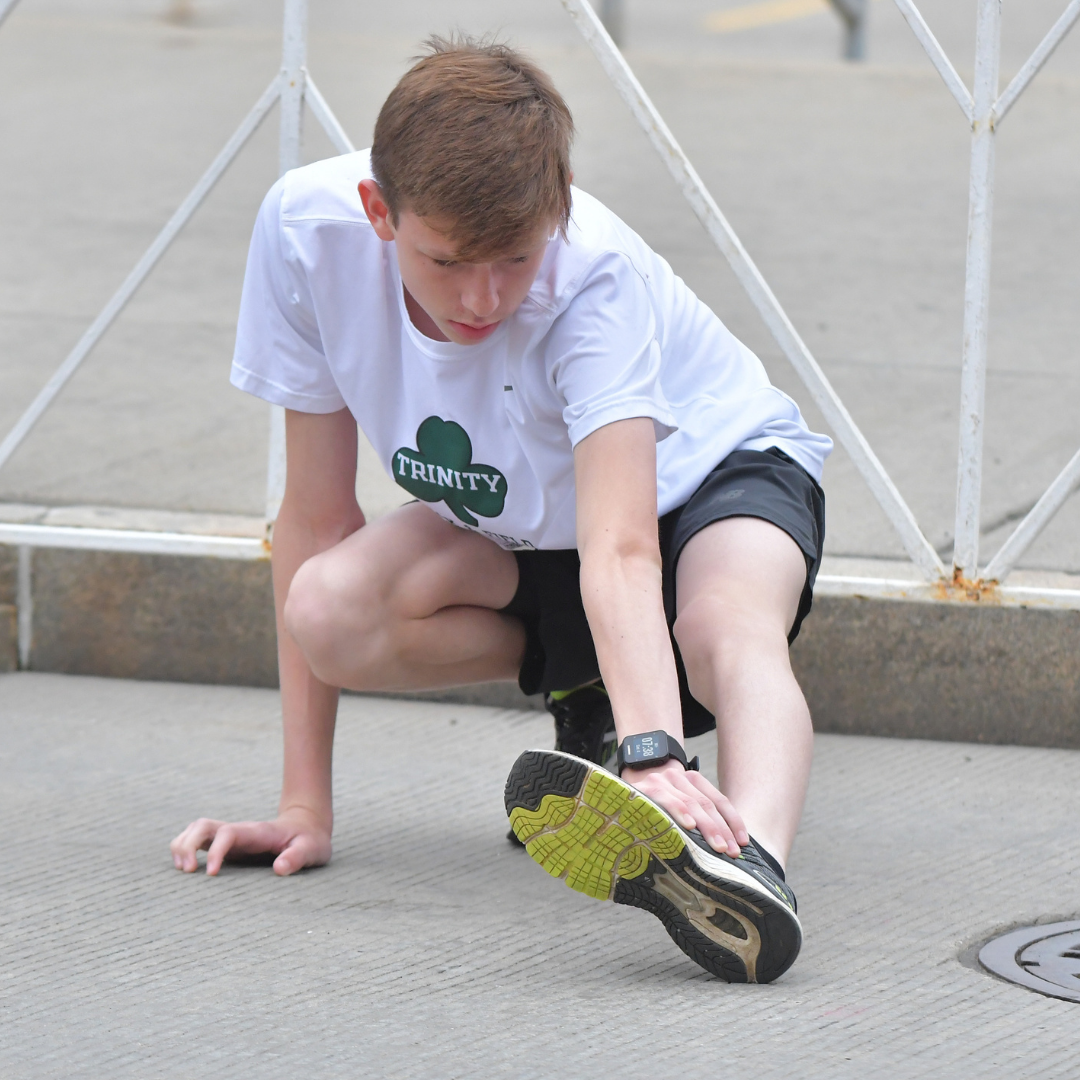


How and Why to Warm Up
Ever wondered why warming up is important? What a great warm-up routine consists of? You’ve come to the right place!
In this video I cover a basic 5 minute warm up that incorporates some heart rate raising movements and some sport specific stretches to get you prepared for a great run! Warming up prior to a workout has been shown to greatly reduce your chance of injury while also improving performance when done correctly. Contrary to popular belief, warming up prior to a workout does not exhaust your muscles and will not detract from performance, as long as you keep your intensity level in a low to moderate range. Below I break down some of the most important concepts so you can tailor your warm up routine to your workout needs. Here are some of the most important facets:
- Be properly hydrated and fueled. While this can depend to a certain degree on personal preference, it is always a good idea to drink plenty of water and a quick snack about 30 minutes to an hour before a workout. Good pre-workout snacks typically consist of nutrient dense carbs for long-lasting energy. Some examples could be sliced apples and peanut butter, yogurt with fruit, or a handful of trail mix with nuts and fruit. This ensures that your muscles have plenty of quick energy to keep you moving!
- General warm-up. Before moving into anything intense, 5 minutes of slow aerobic activity is perfect to start increasing your heart rate, blood flow and muscle temperature. Slow aerobic activity could consist of a brief walk, cycle, a warm up yoga flow, or a few minutes of lower intensity aerobic movements such jumping jacks and jogging in place, and is a great way to prevent injury in future workouts. Remember -- the goal here is to start warming things up, not to tire you out!
- Sport Specific warm-up. After the general warm-up, it is time to start activating the muscles specific to your intended workout. This can be through some dynamic stretching, yoga poses, or body weight exercises. Ideally these would start to mimic the movements you’ll be doing later in your workout in order to prepare your muscles and joints for the higher intensity. For example, if you know your later workout will require a lot of knee and hip flexion, it would be a good idea to pay extra attention to warming up your hip and knee joints.
Following these steps as a general guideline will greatly help your workouts from decreased chance of injury to increased and optimized performance! Feel free to follow along with our 5 minute warm-up video and add whatever specific movements you need. And make sure to keep following 4RUN2 Varsity for more teen workouts!
Elsa Hanson-Schiffgens is an intern with the Youth Programming Department at P3R. You may have seen her on the 4RUN2 Varsity Instagram page, where she has been posting some quick workouts that are designed for teens of all fitness levels. Elsa will soon graduate from the University of Pittsburgh with a BS in Exercise Science on the Directed Research track.